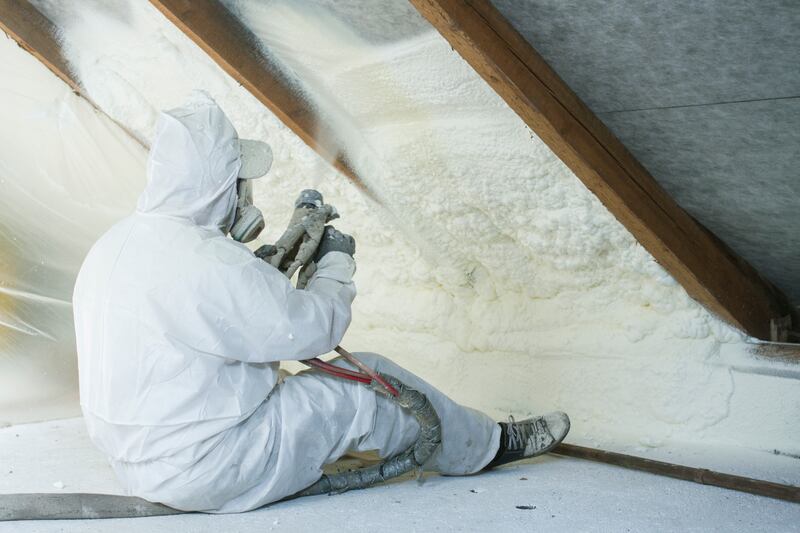While we may not be feeling the full-on chill just yet, with the clocks set to go back this weekend, the dark evenings are just about to settle in. For many of us, thoughts will then turn to how we can make our homes warmer – without spending a fortune on energy costs.
Yes, while electricity and gas prices have started to fall, they still remain considerably higher than they were.
The solution for many – and the one being pushed with considerable enthusiasm by the Government – is for homeowners to embark on energy upgrades in their homes. And, judging by the crowds swarming around those offering energy upgrades at last week’s Permanent TSB Ideal Homes show, there is considerable demand among the populace to do just this.
The problem, of course, is that doing so costs money – a considerable amount at that. While grants are available, you will still need cash to plug the shortfall.
This is where a new Government scheme comes into play.
Earlier this week, the Government gave the green light for the establishment of a long-awaited €500 million residential retrofit loan guarantee scheme, which promises low-cost loans for homeowners. Underpinned by resources from the European Investment Bank Group, it’s expected people will be able to apply for the loans from early next year.

As Minister for Environment Eamon Ryan noted, the goal of the loans is to assist “those households who don’t have the cash to be able to do the scale of the job that they might want to do” and that “the savings you make in the house in the bills help cover the cost of that loan”.
Loans on offer will range from €5,000 to €75,000 on a term of up to 10 years, and while it’s not yet clear what will constitute a “low rate”, the Government has said interest rates will be “significantly lower” than what’s currently available.
The product will likely be offered by existing lenders, who already offer their own range of green loans.
At present, for example, you can borrow €40,000 over five years at a rate of 4.9 per cent APR through An Post Money; 6.4 per cent through AIB; and 6.5 per cent through Bank of Ireland, all on their specific “green” personal loans. This means a total repayment of €45,071.38 through An Post Money, ranging to €46,734.25 with Bank of Ireland.
If the EIB/Government backed loans can offer a loan at a rate of 4.5 per cent, for example, in line with current European Central Bank rates, this would lead to savings of about €328 on the An Post Money loan – not enough to get too excited about perhaps. Bringing it down to 3 per cent would be much more attractive, with total interest savings of almost €2,000 when compared with the An Post Money offering.
Allowing people access to low-cost loans will likely be welcomed, but it won’t deal with broader issues in the national retrofitting project – rising costs.
Figures from the Sustainable Energy Authority of Ireland (SEAI) suggest that retrofitting a typical semi-detached home will cost about €60,000, and that when grants are deducted from this it works out at about a €38,000 cost to the homeowner. However, qualifying for a full grant can be tricky, while the full cost can come out a good way north of these figures.
Earlier this year the SEAI was accused of facilitating price gouging through the one-stop shop service it offers, after a customer complained of a more than 50 per cent increase in a quote from a one-stop retrofitting shop in the space of just three months. With just 12 one-stop shops operating across the country, competition may be an issue.
Low-cost loans will help, but ultimately it will still be homeowners who will bear inflated prices.






